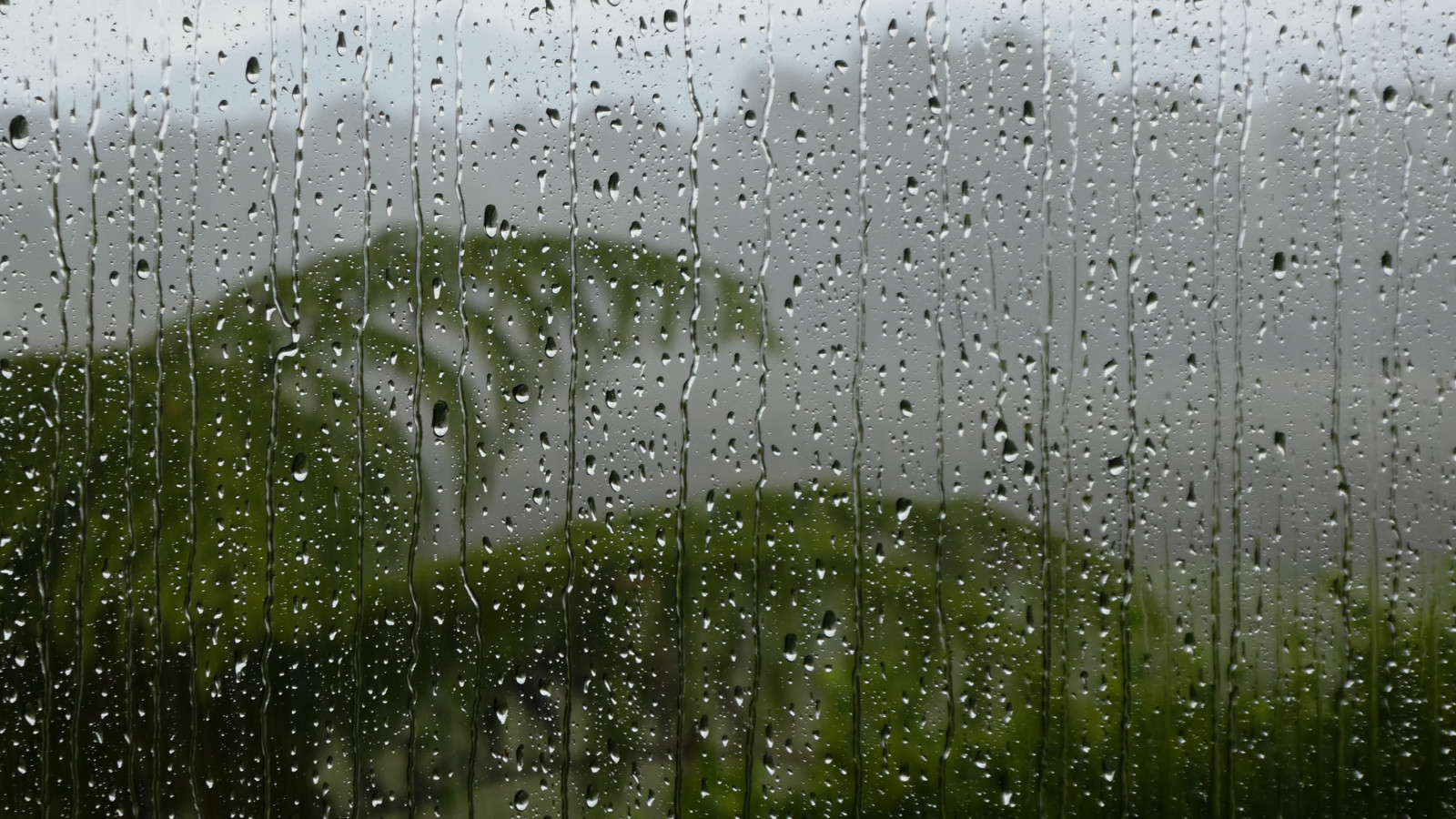In March 2017 there was a significant surplus of rain in the Auckland area such that the city’s reservoirs were contaminated with silt-laden water from the many slips on the surrounding hills. This overwhelmed the treatment stations creating a water supply problem necessitating water restrictions during a time of plenty. At present, Aucklanders are being asked again to conserve water, but this time due to a lack of rain. With climate change bringing greater extremes — droughts in the North and excessive flooding and extensive infrastructure damage in the South — and a rapid population growth out-striping existing urban water services, our thinking on the community supply of our domestic water needs to change.
At the time of the 2017 crisis, the citizens of Auckland were asked to save 20 Litres per household during the period, and they were not able to achieve this, so what hope is there for the future
Around 62% of Auckland’s water is consumed in residential buildings and this amounts to about 180 litres per person per day which is lower than the country’s average of about 250 litres per person per day. This difference is possibly due to the water being metered and a fee paid.
As our cities densify, and their perimeters expand, the existing water supply infrastructure is needing to be upsized and extended. An alternative to relying only on new, larger and more pipes, would be to collect and use some of the rain that falls directly on the households which need the water, rather than sending it directly to the sea. Of course, if we each used less, or more efficiently, then the existing water supply system would be adequate for longer before needing an upgrade.
If homeowners are to collect and store water, then the question arises as to how much. Wellington region, and probably others, publicise 200-litre tanks for emergency water storage. Homestar allows maximum points for a Sustainable Water Supply when 500 litres of storage is provided. While these draw the public’s attention to the need to store water for domestic use, the amounts are woefully inadequate to be of practical use in a drought or emergency. On the Kapiti Coast, a minimum of 10,000 litres needs to be installed for new developments due to the nature of their water catchment and the danger of saltwater contamination. The disaster planners in Wellington tell us that people can expect to need to be self-sufficient for 120 days. While it may seem to be too difficult to store such a volume, a 20,000-litre tank can be accommodated under a driveway.
Of course, we could continue to pass the problem of the need for an increasing provision of an adequate public potable water supply to the local authorities, as we have done in the past, but will the public be willing to pay? With the current dry conditions starting to bite, ratepayers are beginning to ask “why haven’t the council prepared for this?” I’m sure many of the complainers have not been willing to vote in a councillor who promises to increase rates to pay for a more resilient water supply. It is about time that society changed its approach and encouraged individuals to collect rainwater, even if only to water the garden and wash the car. The use of mains-pressure and instantaneous hot-water systems means that the traditional store of emergency water has gone.
In earthquake-prone areas — much of the country, there is a significant aspect with water storage which is essentially ignored. This is the need for proper seismic restraints to hold a full water tank in place. It only takes a small movement of a few centimetres or less to be sufficient to break pipe connections so that the carefully saved water will rapidly drain away. The Wellington 200 litre tanks are tapered towards the base (to allow them to be nested for transport) so that their stability is compromised, and the usual fixing methods and walls to which they are fixed are wholly inadequate to hold the 200+kg against the horizontal and vertical earthquake forces. At my local school, there is a 25,000-litre tank sitting at the top of a small bank and held in place by nothing more than a dog-chain.
It is urgent that we give proper thought to organised domestic sustainable water storage at each household.
Through EcoRate Ltd — Architect I provide independent analysis and advice on sustainability matters, to architects, designers, builders, manufacturers, and others in the construction industry, including those proposing to build a new home. I am also a Homestar Assessor.
For more information feel free to contact Keith at EcoRate Ltd on 021 890 251, [email protected], or our website www.settlement.co.nz





























 Most Popular
Most Popular Popular Products
Popular Products



